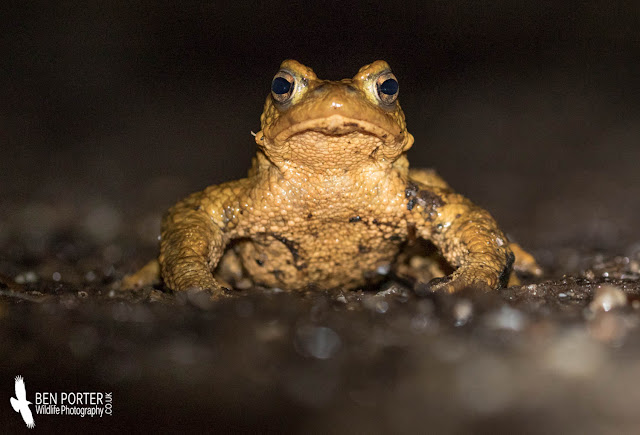Introducing my 2016 patch…Argal and College Reservoirs (Cornwall)
I thought I would write a short blog post to introduce this year's
birding patch, on which I'll be taking part in this year's national patchwork challenge. Since I
have been living on Bardsey Island for the last eight years, my annual birding
patch has pretty much remained unchanged during that time, as I spent much of
the year within the perimeter of the small coastal wind-swept island that I
call home. I guess this has spoilt me somewhat in relation to the patchwork
challenge (which I signed up to in its infant year of 2013): In 2014 I was
lucky enough to have a run of decent self-finds in the form of two Citrine
Wagtails, a Blyth's Reed Warbler in my garden, Western Bonelli's Warbler,
Golden Oriole, Marsh Warbler, Red-breasted Flycatcher and more. This year,
however, I will be spending a fair decent chunk here in not-so-sunny Falmouth,
where I am studying a degree in conservation and ecology. I have therefore
taken the decision to try out a new patch: namely that of two nearby lakes and
their surrounding shrubbery and woodland. The lakes are only about three
minutes away from where I live, and are 10 minutes from our university campus.
I doubt that the year will hold quite as much excitement as is generated by
birding a coastal patch on a migratory hotspot. But we'll see! Who knows? I may
in be for a surprise...
So onto the patch...the area I have chosen comprises two bodies of
water called Argal and College Reservoirs. Argal Reservoir is
primarily a fishing lake, and plays host to a hectic circulation of dog walkers
throughout the year. The combination of the two (although the toxic algal
waters through summer probably play a part!) means that waterfowl aren't in
abundance here. However, the willows and patchy areas of woodland and scrub
rimming the reservoir provide promising habitat for migrants and warblers
alike. I have already had some great days observing 'vis mig' over
Argal, with brilliant movements of thrushes, woodpigeons, larks and finches in
the autumn last year. Firecrests are a regular occurrence and
the odd Goosander and Great Crested Grebe grace
the lake surface- it has plenty of potential, and I am sure some oddities will
turn up.
College Reservoir is a more attractive ecosystem in itself, with a
body of water that is home to a great variety of overwintering wildfowl, such
as Wigeons, Teals, Tufted Ducks, Coots, Goosanders and
a handful of Shovelers. Surrounding College is a superb deciduous
woodland of sessile Oak and Holly, which supports countless feeding flocks of
tits and warblers in the winter, and will no doubt prove productive come
spring-time. Areas of damper willow and alder thickets provide shelter for
skulking rails, and a few pockets of Bulrush look perfect for Bittern, even if
none have appeared thus far. The mature woodland is home to countless feeding
flocks of tits and warblers at the moment, the largest of which I've
encountered had over 25 Long-tailed Tits, 15 Great Tits,
15 Blue Tits, Firecrest, 5 Goldcrests,
4 Coal Tits, Marsh Tit and a collection of
thrushes too! College Reservoir also has the advantage of being slightly less
visited by dog walkers, and thus benefits from lower disturbance levels; it
also contains a couple of ringing locations which I hope to utilise in the
coming months.
So far this year, I have managed to record 61 species between the two lakes, amounting to a
total of 64 points. I haven't discovered anything vastly unusual so far, but it
has been nice to see the odd Firecrest around College, along with an
occasional Marsh Tit amongst the tit feeding flocks; a
handful of Goosanders have taken up residence among the
local wildfowl on College, and as many as 23
Cormorants have been
gathering in a single Oak tree at the northern end at times.
So there we are- a brief overview of my year's patch! I look
forward to seeing what I can find, and monitoring the changes in bird
populations that occur through the season. I'll be entering all my counts and
species lists onto the online Birdtrack recording scheme, which I would highly
recommend any other patchers doing too! Regular and standardised counts - even
of common species - over a prolonged period can be a valuable data set, no
matter how small the recording area.
It isn't just about the birds on my patch...here are a few of the
other cool things I have seen there so far...
 |
| Hairy Shieldbug |
 |
| Noctule |
 |
| November Moth |
 |
| Pink-barred Sallow |
 |
| Pipistrelle |
 |
| Toad |
 |
| Zebra Jumping Spider |











































